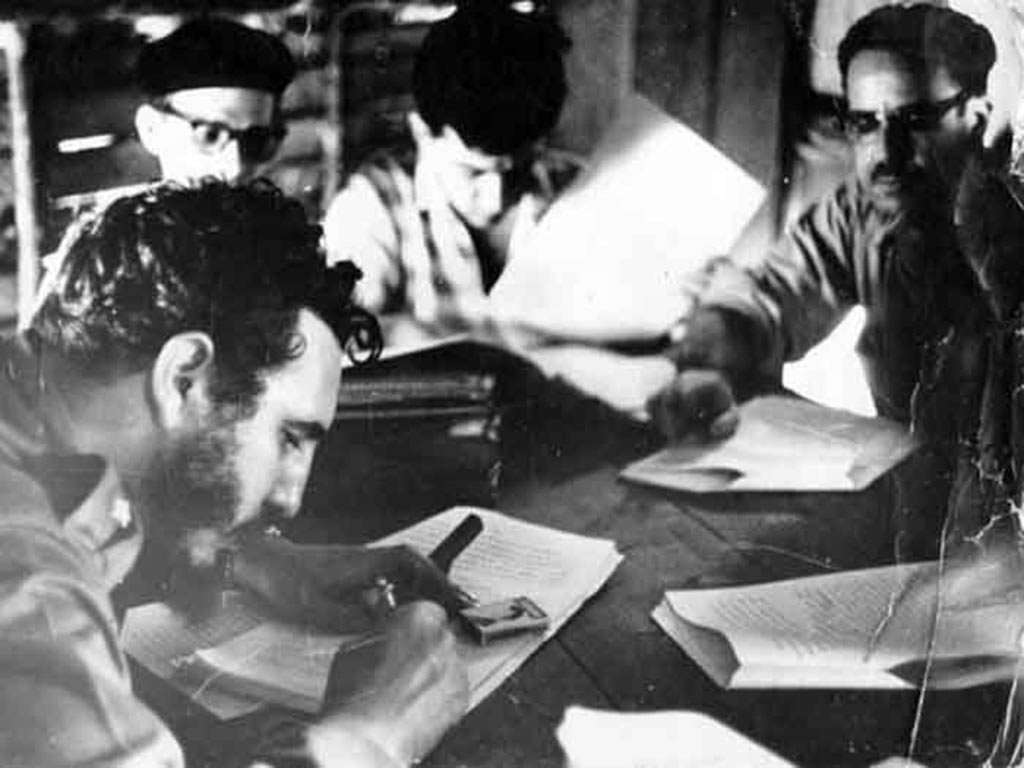According to historical notes, such a law allowed Cuban farmers to own extensions of land that were in the hands of foreign companies, mainly from the United States.
The signing of the document in 1959 by the historic leader of the Revolution, Fidel Castro, at “La Plata” Rebel Army general command in the Sierra Maestra mountains range in eastern Cuba, had a special symbolism because it took place on the same day on which, 13 years earlier, peasant leader Niceto Pérez was assassinated in the hands of large landowners.
The Law banned large estates, nationalized all properties larger than 402 hectares, and gave land to tens of thousands of rural workers.
The Agrarian Reform was also an elementary necessity for the country’s economic take-off, which still had semi-feudal forms of production that hindered its development.
Those events also motivated the founding of the National Association of Small Farmers (ANAP) on May 17, 1961.
President Miguel Diaz-Canel recently bestowed the honorary title of Hero of Labor and the 17 de Mayo Order on ANAP workers with outstanding achievements in agricultural production.
jrr/iff/jha/mks









